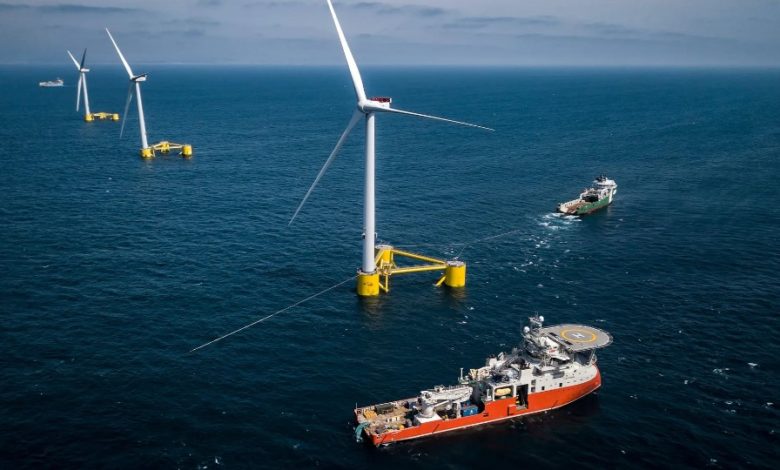Floating offshore wind could grow to 14.5 GW capacity by 2030

Floating offshore wind sector could skyrocket from the middle of the 2020s as it reaches commercialisation adding 14.5 GW of capacity by 2030.
The latest analysis from Clarksons Research suggested that 96 wind farms could float in the next eight years, comprising around 1.300 turbines. The sector, which is still in the developing stage, currently has ten active projects and eight in construction, totalling 124 MW and 165 MW, respectively.
Countries with significant numbers of floating wind projects already proposed include the UK with 31.1 GW, Australia with 13.8 GW and the US with 10.7 GW. According to Clarksons Research, over 150 potential floater projects, adding up to over 100 GW, have been put forward by developers in 21 countries, with 37 of these projects having nameplate capacities of over 1 GW.
In terms of potential capacity, leading developers include Madrid-based BlueFloat Energy (8.5 GW), Sweden’s Hexicon (7.7 GW), Australian developer Oceanex (7.4 GW), Aqua Ventus, a joint venture between Diamond Offshore Wind and RWE (5.1 GW) and Iberdrola’s ScottishPower (5.0 GW).
“Long term scenarios suggest the offshore wind industry will play a vital role in the energy transition and may provide between 6% and 9% of global energy supply by 2050,” Steve Gordon, managing director of Clarksons Research, commented.
